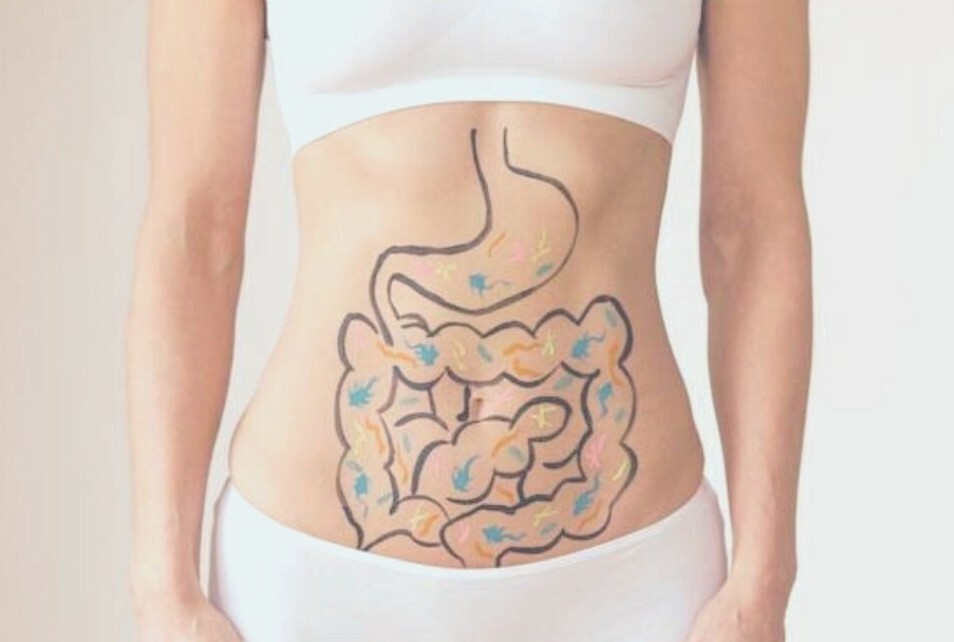The last one for the year! As we prepare for the launch of Sandra's upcoming book, the Gut Chronicles, we thought we could dedicate our final article to a topic that is highlighted in her book and not talked about enough. Enter, the FEMALE gut.
We fail to mention out loud as we strive for equality amongst all sexes is that when it comes to our gut, there are significant differences! The science continues to unravel how males and females demonstrate important variations when it comes to our gut microbiome and the main driver for these differences are hormones.
There is no doubt that women have been underrepresented in clinical trials historically (especially women of colour) so here is a snapshot of what we currently know.
Sex hormones are believed to be a driving force when it comes to the prevalence and severity of medical conditions. For example, autoimmune conditions and IBS are more common in females. Furthermore, even symptom type and severity can differ between men and women such as in the case of IBS. Females tend to have increased constipation in comparison to men, possibly due to the higher levels of progesterone and oestrogen.
The Microbiome DifferenceAccording to research, the female microbiome is overall more diverse than that of males. Also, it does appear to mature earlier. Now, maturity is actually not just confined to our microbiome but it is generally believed that females tend to mature faster than males, so it is not so surprising, though exciting, that this maturity is also observed earlier in the gut! It is particularly interesting to consider this in parallel to earlier development of brain connections in female children compared to males. The gut-brain axis could then play an important role here.
The sex-related differences of our gut microbiomes and the way they interact with our sex hormones and immune systems is an important factor for the differences between the male and female guts. Namely, oestrogen and testosterone have important effects on the gut microbiome.
The IBS differenceAn example of how the female gut differs can be observed in the case of Irritable Bowel Syndrome (IBS). Here are some fun facts:
- Prevalence is higher in females.
- IBS- C (i.e. constipation predominant IBS) is also more prevalent among women than in men.
- Sex hormones may (very well do) play important roles in the development of IBS. The way IBS affects female patients compared to males, also appears to be different. Women with IBS struggle with more fatigue, depression, anxiety, and lower quality of life than men with IBS.
- The most influential factors when it comes how differently we experience IBS include hormones, visceral hypersensitivity, changes in our gut microbiome, psychological factors, and intestinal motor and sensory functions, which are closely associated with gut-brain interactions.
Looking at the differences from a hormonal perspective, it seems that female sex hormones are important factors in modulating our susceptibility to stress, gut motility, and visceral pain perception by interacting with parts of our nervous system. Oestrogen and progesterone in particular, mainly apparent in females, are known to impact how our gut muscles contract. Additionally, progesterone regulates a part of the colonic system, which controls peristalsis (i.e. gut muscle contractions that help food move through our digestive tract).
Given that women experience fluctuating hormones throughout their lifespan, how can we not experience changes in gut function, digestion, and gut microbes?! We see how our digestion is impacted during menstruation, pregnancy and menopause and in the Gut Chronicles, Sandra walks you through each of these phases and the gut-changes that accompany them.
The OestrobolomeThe connection between gut health and hormones is especially important in the case of the hormone oestrogen. Have you come across the oestrobolome before? If not you’d be thrilled to know that it refers to a specific collection of gut microbes that are capable of regulating the metabolism of oestrogen.
Oestrogen is one of the most important sex hormones women produce (and men too but to a lesser extent) and plays a crucial role in our menstrual cycle, fertility and pregnancy, bone health, sex drive and heart health. Some important FYIs:
- An imbalance in the levels of oestrogen is linked to an impaired oestrobolome and vice versa.
- Oestrogen comes in contact with the oestrobolome microbe system in the bile.
- The oestrobolome produces an enzyme called beta-glucuronidase, which is essential for the breakdown of complex carbohydrates, the reabsorption of micronutrients such as flavonoids, and most importantly, for the reabsorption of oestrogen and conversion of inactive oestrogen to active forms.
- Foods High in Fibre (specifically prebiotics): green leafy vegetables, artichokes, onion, mushrooms, cashews…
- Fermented foods (probiotics): yoghurt, kimchi, pickles, and kombucha
- Foods High in Unsaturated Fats: olive oil, avocado, nuts and nut butter
- Sufficient amount of Protein: beans, lentils, chickpeas, fatty fish and natural yoghurt, feta, tofu and small amounts of poultry.
- Foods with Antioxidant & Anti-Inflammatory Properties: herbs and spices such as basil, paprika, ginger, turmeric and sumac .
With the current evidence, it seems like neither male nor female microbiomes have an advantage over the other. We have no control over our chromosomes but we still have control over our microbiomes. Thankfully, we are ALL, regardless of sex, are able to change our nutrition and lifestyle to positively influence our gut microbiota. Hopefully, in the near future, our better understanding of sex-driven gut differences could provide better insights on how to positively influence our inner ecosystem even further.

